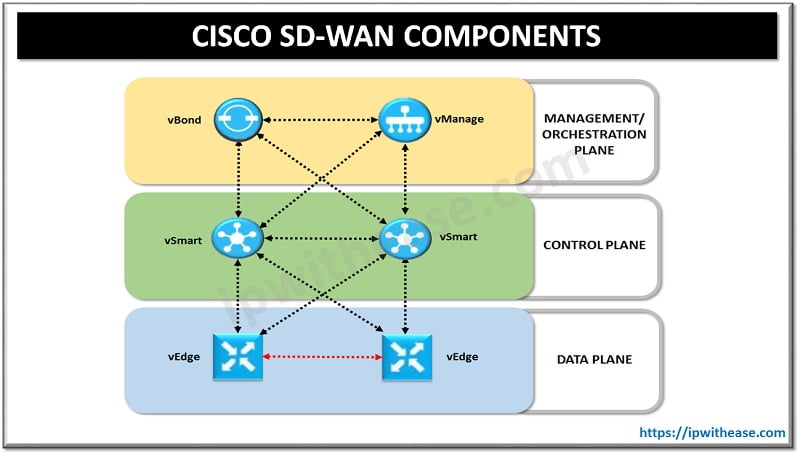OSPF ROUTER TYPES
OSPF routers control the traffic that goes traverses across the area boundary. The OSPF routers are categorized based on the function they perform in the routing domain.
There are four different types of OSPF routers:
Internal Router –
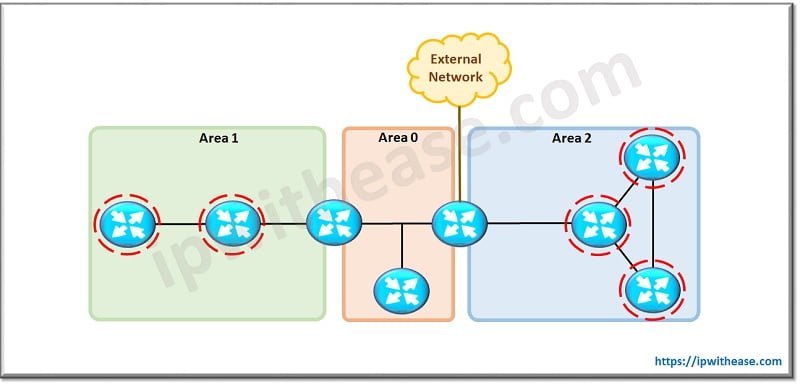
This is a router that has all of its interfaces in the same area. All internal routers in an area have identical LSDBs.
Backbone Router –
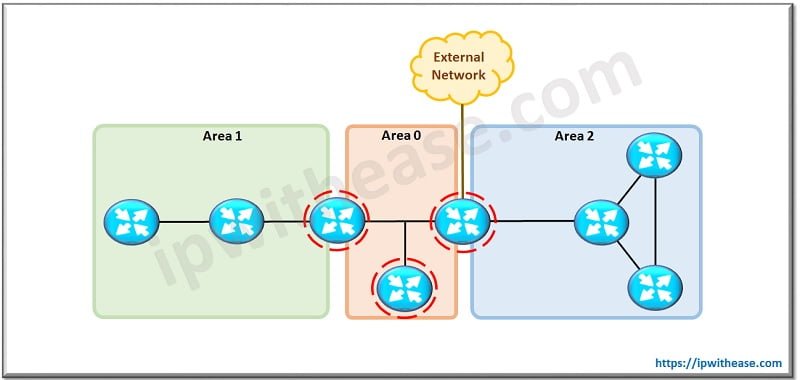
This is a router which resides in backbone area. The backbone area is set to area 0.
Area Border Router (ABR) –
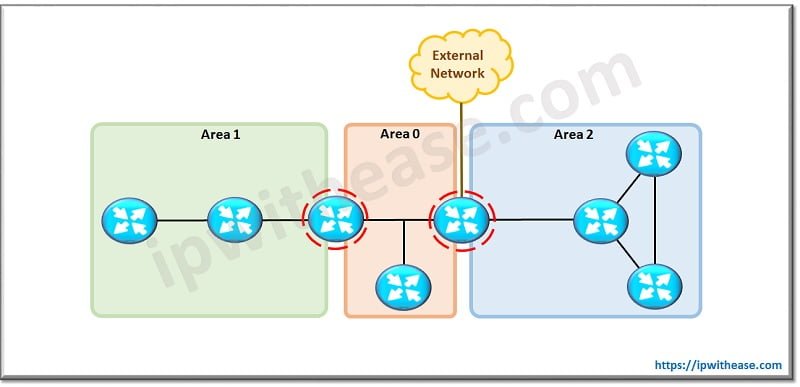
This is a router that has interfaces attached to 2 or more areas. It can route between areas. ABRs are exit points for the area, which means that routing information destined for another area can get there only via the ABR of the local area. ABRs can be configured to summarize the routing information from the LSDBs of their attached areas. ABRs distribute the routing information into the backbone. In a multi-area network, an area can have one or more ABRs.
Autonomous System Boundary Router (ASBR) –
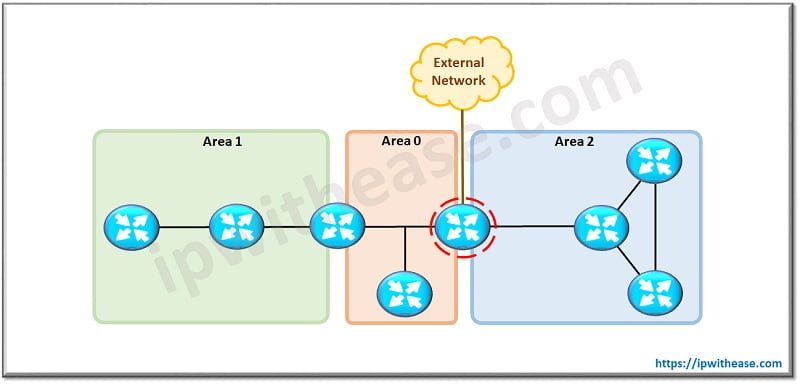
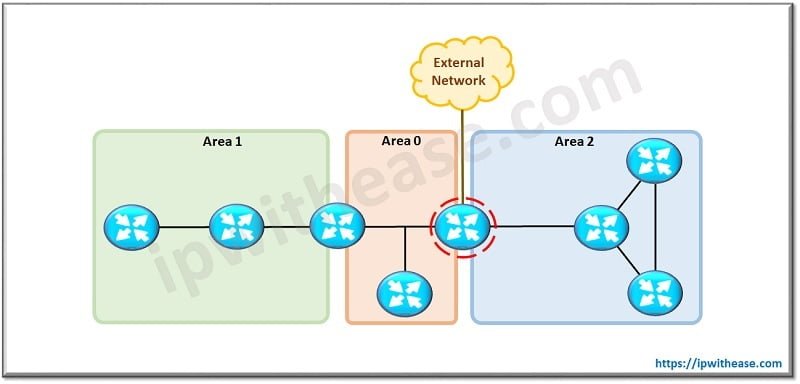
This is a router that has at least one interface attached to external network (other autonomous system), such as a non-OSPF network. An ASBR can import non-OSPF network information to the OSPF network using route redistribution.
Notable is that a router can be performing 2 functions. For example, if a router connects to area 0 and area 1, and in addition, maintains routing information for external network, it will be called more than one router type namely –
- a backbone router
- an ABR and
- an ASBR.
Continue Reading:
OSPF Area Types: Detailed Explanation
ABOUT THE AUTHOR

You can learn more about her on her linkedin profile – Rashmi Bhardwaj



